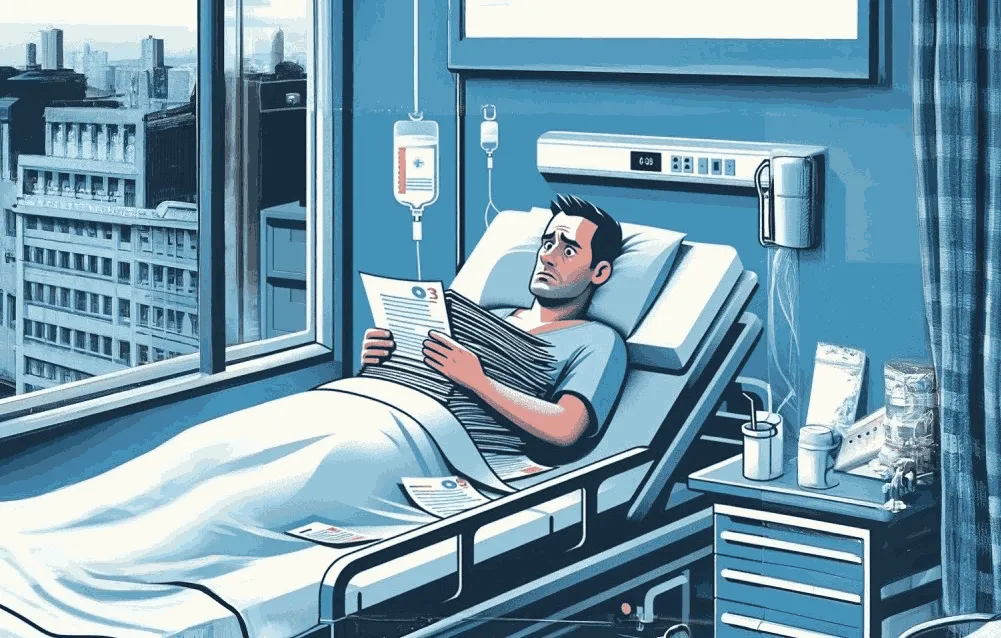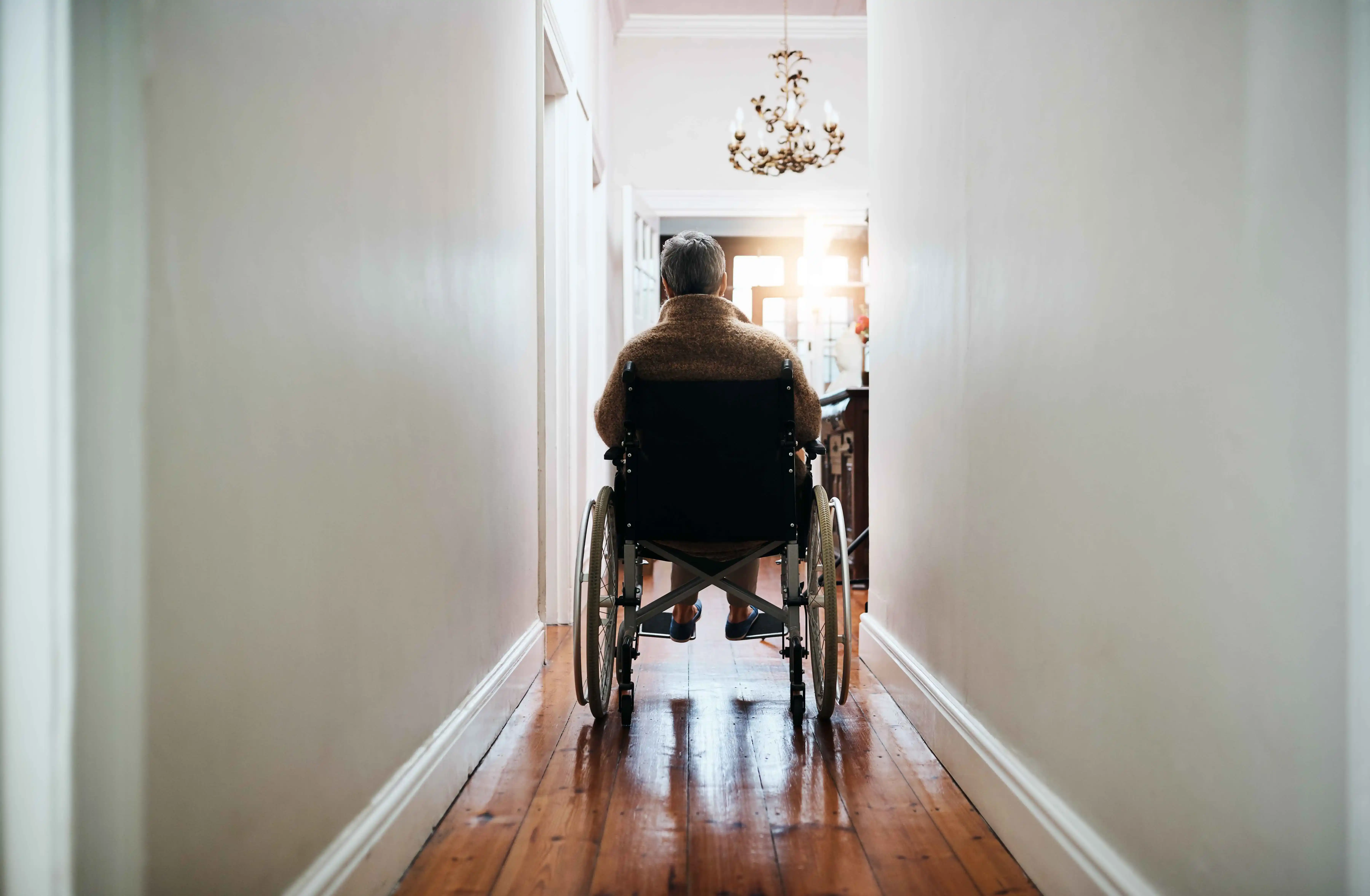Understanding Cancer Statistics in the Philippines
Cancer is a big health issue in the Philippines, affecting many people. According to recent data from the Global Cancer Observatory, the most common cancers in 2022 were breast cancer, lung cancer, and colorectal cancer. Other frequent types include liver cancer, prostate cancer, stomach cancer, leukemia, and cervical cancer. These numbers show the need for better awareness, prevention, and research to improve treatment.
The data also reveals that breast cancer is the most common cancer among women, while lung cancer is more common in men. Colorectal cancer is also frequently seen in both men and women. Older people have higher cancer rates, highlighting the need for targeted screening and prevention efforts for this age group.
Comparative Analysis with Global Cancer Statistics
Cancer statistics in the Philippines show some unique challenges compared to global data. Although the common types of cancers are similar to those seen worldwide, the Philippines faces issues like late diagnoses and lower survival rates. This highlights the need for better local strategies to improve early detection, treatment, and overall cancer care.
Most Common Cancers in the Philippines
Breast Cancer
Breast cancer is the most frequently diagnosed cancer in Filipino women. It makes up 31.4% of all cancer cases among women, according to the Philippine Cancer Facts and Estimates. Symptoms to watch for include lumps in the breast, changes in breast shape, and unusual discharge from the nipple. Risk factors include age, family history, genetic mutations (like BRCA1 and BRCA2), and lifestyle choices.
Finding breast cancer early through regular self-exams, mammograms, and clinical breast exams greatly improves the chances of successful treatment. Treatment options include surgery, chemotherapy, radiation therapy, and hormone therapy. Early detection leads to a high survival rate.
Lung Cancer
Lung cancer is a major cause of cancer deaths in both Filipino men and women. It makes up 18.4% of cancer cases in men and 12.8% in women. Symptoms to look out for include a persistent cough, chest pain, and trouble breathing. The main risk factor is smoking, along with exposure to secondhand smoke and pollution.
Smoking causes about 85% of lung cancer cases. Catching lung cancer early with low-dose CT scans can improve the chances of successful treatment. Treatment options include surgery, chemotherapy, radiation, and targeted therapy.
Colorectal Cancer
Colorectal cancer is becoming more common in the Philippines, affecting both men and women. It is the third most frequent cancer in both genders, with cases on the rise. Symptoms to watch for include changes in bowel habits, blood in the stool, and stomach pain. Risk factors include age, a diet high in red and processed meats, family history, and lifestyle choices.
Regular screenings, like colonoscopies and stool tests, can help find colorectal cancer early. Treatment options are surgery, chemotherapy, and radiation therapy. Catching the cancer early can greatly improve survival rates.
Importance of Cancer Insurance
Cancer treatment can be very expensive, putting a lot of financial pressure on patients and their families. Cancer insurance helps cover these costs, giving you peace of mind and letting you focus on getting better instead of worrying about money.
Here’s why you might want to consider getting a cancer insurance policy from Oona Insurance:
Reasons to Purchase Oona Cancer Insurance
Comprehensive Coverage: Oona Cancer Insurance provides up to ₱500,000 for all stages of cancer, so you get financial help no matter how severe the cancer is.
100% Lump Sum Payout: You get the entire coverage amount in lump sum, which you can use for medical costs, travel, or everyday expenses.
Affordable Premiums: Get comprehensive coverage for as low as ₱51 per year, making it a budget-friendly option for everyone.
Renewable Policy: You can renew your policy each year until you turn 65, giving you long-term protection.
Quick and Easy Application: The online application is simple, and you can get a free quote quickly by entering some basic personal details, and answering four simple questions.
Other Prevalent Cancers
Besides breast, lung, and colorectal cancer, there are other important cancers in the Philippines, like cervical, liver, and prostate cancer. Each type comes with its own challenges, and knowing about these can help make better decisions for preventing and treating cancer.
Cervical Cancer
Cervical cancer is a major issue for women in the Philippines, especially for those with limited access to healthcare. It is one of the most common cancers among Filipino women. Symptoms to watch for include unusual vaginal bleeding, pelvic pain, and pain during sex. The main risk factors are infection with human papillomavirus (HPV), having multiple sexual partners, and smoking.
HPV is a major cause of cervical cancer, but getting vaccinated against it can greatly lower your risk. Regular Pap smears and vaccination programs are essential for catching the cancer early and preventing it. If diagnosed, treatments like surgery, radiation, and chemotherapy are available, and finding the cancer early can lead to better survival rates.
Liver Cancer
Liver cancer is a serious health issue in the Philippines and is often related to viral hepatitis. It’s one of the top causes of cancer deaths, especially in men. Symptoms to watch for include weight loss, loss of appetite, pain in the upper abdomen, and yellowing of the skin and eyes (jaundice). The main risk factors are long-term hepatitis B and C infections, cirrhosis, and heavy drinking.
Chronic hepatitis infections are key risk factors for liver cancer. Treatments include surgery, liver transplants, and other therapies. The outlook for liver cancer depends on how early it’s detected, with early-stage cancers having a better chance of successful treatment.
Prostate Cancer
Prostate cancer is a major health concern for Filipino men, especially as they get older. It’s the fourth most common cancer among men in the Philippines. Symptoms to watch for include trouble urinating, blood in the urine, and discomfort in the pelvic area. Risk factors include getting older, having a family history of the disease, and certain dietary habits.
To screen for prostate cancer, doctors use tests like the PSA test and a digital rectal exam (DRE). Treatments can include surgery, radiation, hormone therapy, or just monitoring the cancer closely. Finding prostate cancer early increases the chances of successful treatment.
Stomach Cancer
Stomach cancer is less common but can be very serious, especially because it’s often not found until it’s advanced. It tends to affect older adults and people from certain socioeconomic backgrounds more.
Symptoms to watch for include indigestion, stomach pain, nausea, and losing weight. Risk factors include a diet high in smoked and salted foods, smoking, and an infection with Helicobacter pylori. Treatment options are surgery, chemotherapy, and radiation therapy. The outlook is better if the cancer is caught early.
Skin Cancer
Skin cancer is becoming more common in the Philippines, largely due to more sun exposure, and it can affect anyone, though it's more frequent in older adults. Symptoms to look out for are new or changing moles, unusual skin growths, and lesions. Key risk factors include sun exposure, having fair skin, and a family history of skin cancer.
To help prevent it, use sunscreen, wear protective clothing, and avoid being out in the sun during peak hours. Regularly check your skin and see a doctor if you notice any changes. If skin cancer is detected, treatments can include surgery, radiation, and topical medications.
Bladder Cancer
Bladder cancer is a fairly common type of cancer that affects the urinary system and tends to occur more often in men and older people. Symptoms include blood in the urine, needing to urinate often, and pelvic pain. Key risk factors include smoking, exposure to certain chemicals, and long-term bladder inflammation.
Smoking is a major risk factor for bladder cancer. Treatment options include surgery, chemotherapy, radiation, and immunotherapy. Catching the cancer early usually leads to better treatment results.
Pancreatic Cancer
Pancreatic cancer is a very aggressive and hard-to-detect cancer, often found in older adults. It has a high death rate because it's usually discovered late. Symptoms can include yellowing of the skin (jaundice), weight loss, and stomach pain. Risk factors include smoking, obesity, diabetes, and a family history of the disease. Since symptoms can be vague, it's often diagnosed at a later stage. Treatment options are surgery, chemotherapy, radiation, and targeted therapy. Early detection can improve the chances of better outcomes.
Oral Cancer
Oral cancer affects the mouth and throat and is more common in men and older adults. Symptoms include sores in the mouth, lumps, and trouble swallowing. Risk factors include smoking, heavy drinking, and HPV infection. Smoking and alcohol use greatly increase the risk. Regular dental check-ups and avoiding tobacco and alcohol can help with early detection. Treatment may include surgery, radiation, and chemotherapy.
Leukemia
Leukemia is a cancer of the blood and bone marrow and affects both children and adults in the Philippines. With advancements in treatment, such as chemotherapy, radiation, and bone marrow transplants, survival rates have improved. Early diagnosis is crucial as it significantly enhances the effectiveness of treatment and improves patient outcomes.
Importance of Cancer Awareness Programs
Education and awareness campaigns are key in tackling the rise in cancer cases in the Philippines. These campaigns help people understand how to prevent cancer, detect it early, and learn about treatment options. As a result, they can help lower cancer rates and improve survival.
The Philippine government and various non-governmental organizations (NGOs) have started important programs to encourage early detection and cancer prevention. The Philippine Cancer Control Program, for example, focuses on preventing cancer at different stages. By raising awareness, these programs encourage people to get regular screenings and live healthier lives, which can lead to early detection and better treatment.
NGOs also play a big role by spreading awareness, supporting patients, and pushing for improved cancer policies. Together, these efforts are crucial for reducing cancer’s impact in the Philippines and helping patients get better care.
Conclusion
Cancer is a major health issue in the Philippines, but staying aware, getting checked early, and making healthy lifestyle changes can greatly help. Regular screenings and a healthy lifestyle are key to preventing cancer and improving survival chances. Public health programs and support from NGOs are also crucial in this fight. By staying informed and taking action, we can lessen cancer’s impact on our communities.
To further protect your health and finances, consider getting cancer insurance from Oona Insurance. With benefits like a 100% cash payout, no need for medical exams, and low premiums, Oona makes sure you can focus on getting better without worrying about money.
Get a free quote and find out how Oona’s cancer insurance can help you and your family cover the costs of cancer treatment. Secure your peace of mind with Oona’s affordable and dependable coverage.





















